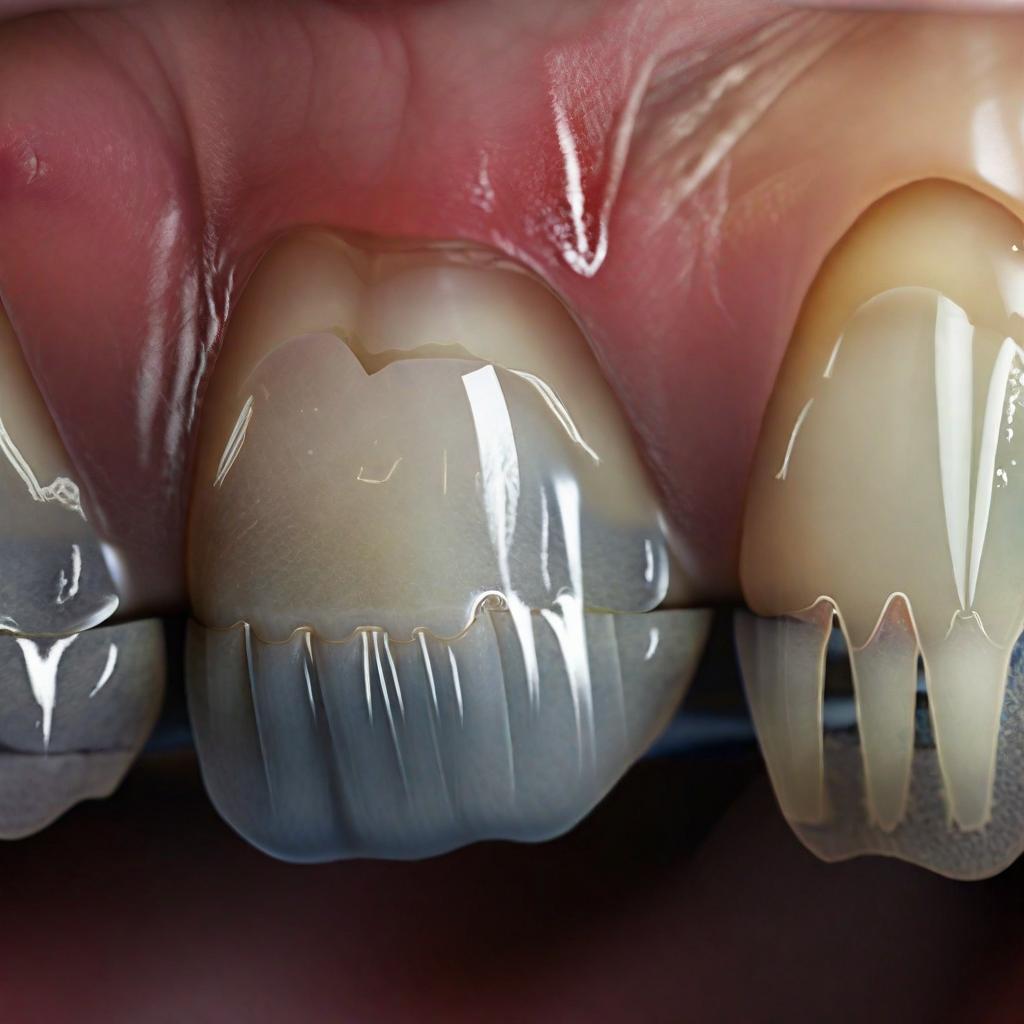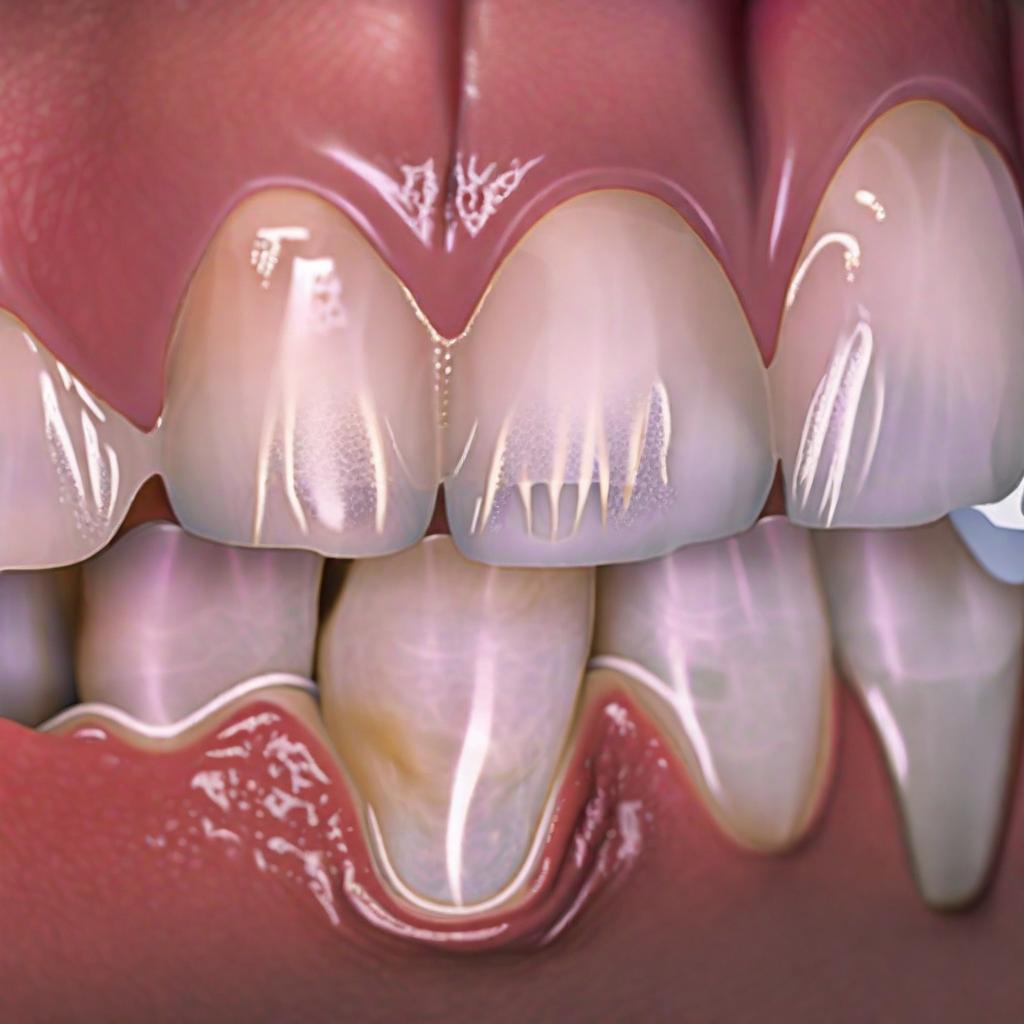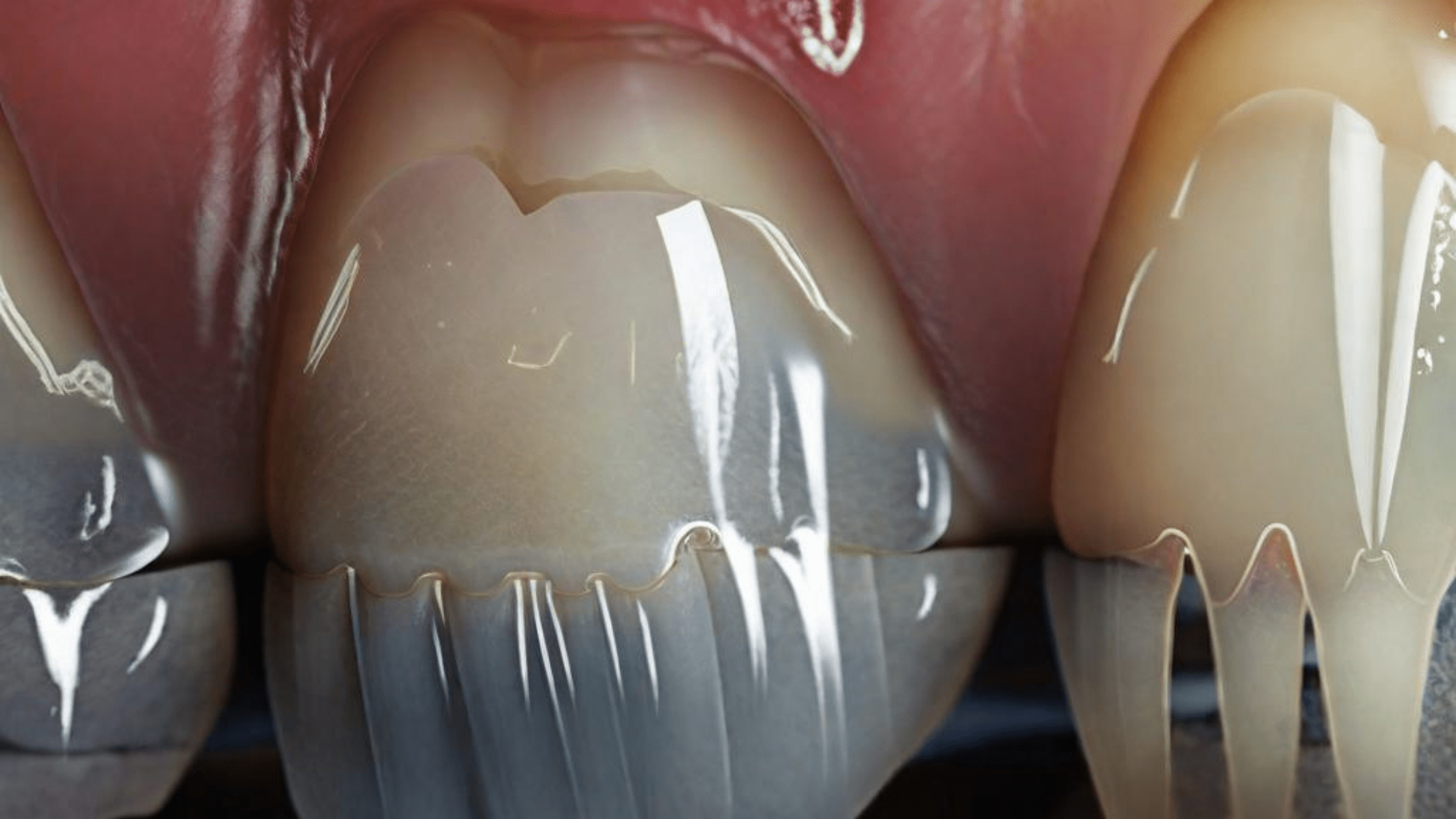Tooth Talk: Demystifying Class III Restorations and the Teeth They Treat
Ever noticed a dentist meticulously crafting a filling on the side of a front tooth? That, my friend, is likely a Class III restoration, a crucial tool in the dentist’s toolbox for preserving the health and beauty of your smile.

But what teeth exactly qualify for this special treatment? Buckle up, dental sleuths, as we crack the code of Class III restorations and reveal the interproximal undisclosed hiding between your pearly whites!
The Class System: Understanding Restorative Hierarchy
In the world of dentistry, restorations are classified based on the surface of the tooth they target. Class III falls neatly under the “anterior teeth” category, meaning it focuses on those front-and-center incisors and canines. But within this category, Class III takes precision to a whole new level.
Class III: Guardians of the Interproximal Zone
Unlike its counterpart, Class II fillings that tackle chewing surfaces, Class III restorations specifically address the interproximal surfaces of anterior teeth. Think of them as tiny bridges, filling in the gaps between your front teeth where plaque and bacteria love to hide and wreak havoc.

So, which teeth specifically benefit from Class III magic? Well, here’s the answer you’ve been waiting for:
Incisors: Your central and lateral incisors, those prominent front teeth responsible for that winning smile, are prime candidates for Class III restorations.
Canines: These cornerstones of your bite, often called “eye teeth,” can also require interproximal TLC when cavities or chips threaten their integrity.
Beyond Beauty: The Vital Role of Class III Restorations
While Class III restorations undoubtedly enhance your aesthetics by filling unsightly gaps, their importance goes far beyond cosmetic concerns. They:
Prevent decay: By sealing off vulnerable interproximal spaces, they block bacteria and prevent further tooth damage.
Restore functionality: Chips and cracks can compromise chewing and speech. Class III fillings restore a tooth’s natural form and function, letting you bite and speak with confidence.
Improve oral health: Healthy teeth lead to a healthy mouth, and preventing decay in those hard-to-reach interproximal areas contributes significantly to overall oral hygiene.
Seeking the Right Fit: When to Consider Class III Restorations
If you notice chips, cracks, or dark spots between your front teeth, a Class III restoration might be the answer. Consult your dentist if you experience:
1. Sensitivity or pain in the affected area.
2. Difficulty chewing or biting.
3. Noticeable cosmetic concerns like gaps or discoloration.
4. Empowering Your Smile: Knowledge is Key
Understanding the world of dental restorations, including the specific focus of Class III on the interproximal surfaces of your front teeth, empowers you to make informed decisions about your oral health. So, the next time you visit your dentist, remember this little insider tip and flaunt your knowledge of these tiny but mighty guardians of your smile!
Disclaimer:
This article is for informational purposes only and should not be construed as medical advice. Always consult with a qualified dentist for any concerns about your oral health or before making any changes to your dental care routine.

